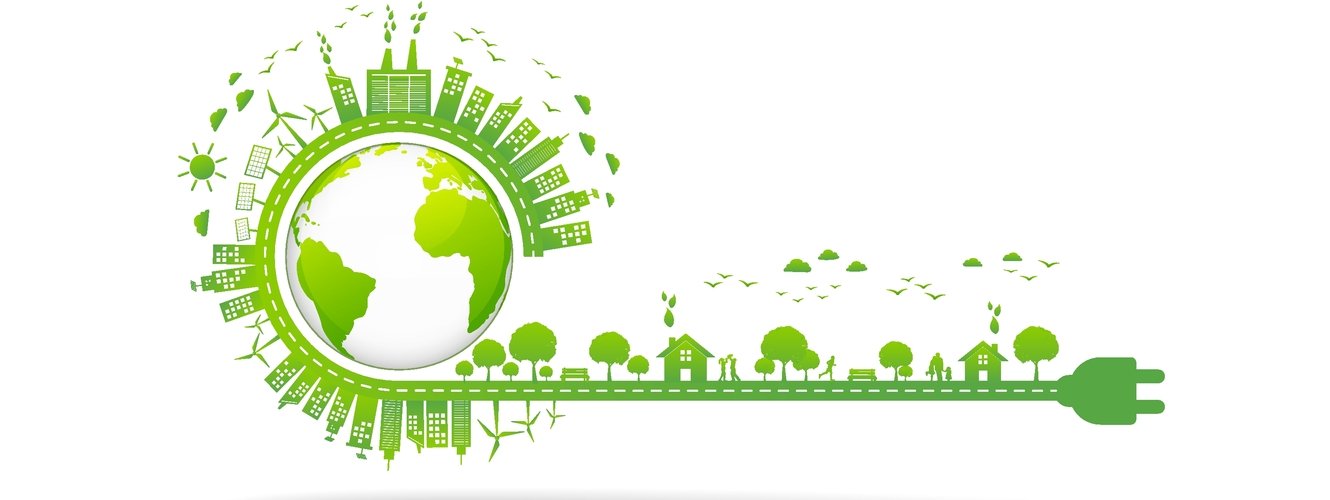
Two Fisher German experts are set to give an insight into the Environment Bill and the importance of factoring in biodiversity net gain at the planning stage of projects to pipeline professionals across the Midlands.
Alex Watts and Jenny Salt are set to present at the Pipeline Industries Guild Midland Branch’s ‘The Future is Green’ virtual event on 25 May.
The Environment Bill, which is currently progressing through Parliament, sets out a number of environmental targets – one of the most significant being the introduction of biodiversity net gain, which proposes introducing a mandatory requirement for development to show a net gain in biodiversity of at least 10 per cent as part of any planning consent. Several local authorities have already implemented net gain requirements and some utilities companies are already voluntarily providing it as part of projects.
Alex said: “The Environment Bill proposes introducing a mandatory requirement for development to show a net gain in biodiversity of at least 10 per cent as part of any planning consent. This will have a huge impact on developers, including utilities companies, who will need to demonstrate how biodiversity net gain will be achieved in relation to all developments. While the preference will be to deliver a 10 per cent net gain within the development site, if this cannot be achieved it will need to be delivered off site in the local area through a process known as biodiversity offsetting. Biodiversity offsetting will not only create demand for land surrounding development sites but will create additional work for developers who will need to identify land for habitat delivery.
“It’s important that professionals from across the industry are aware of both the proposed upcoming changes and the requirements already in place within a number of local authorities and utilities companies. At Fisher German we have created an innovative new platform to support developers who require a solution to identifying land for biodiversity offsetting as well as other natural capital schemes. The Green Offset provides a simple means of linking landowners willing to provide land for the siting of natural capital elements - be that habitat creation, carbon or nutrient management - with those who need a site to deliver environmental outcomes. It will support the industry in identifying suitable land - which can be a time-consuming process - and provide a simple way of entering into negotiations with willing landowners to help avoid any delays in delivering new projects.”
Jenny added: “As the Environment Bill has not yet been adopted there are still a number of questions to be answered in terms of how biodiversity net gain will be both calculated and delivered, ensuring that it has a positive impact on the environment while not blocking development. Industry professionals are currently working to the biodiversity net gain targets set by utilities clients as well as local authority requirements. Project teams should engage with ecologists, land agents and planners at the earliest opportunity to ensure that all requirements are being met and that planning permission can be achieved. One factor that must be taken into consideration is when a scheme involves neighbouring authorities which might not necessarily have the same biodiversity net gain targets in place. Each project should be looked at as a whole, ensuring that biodiversity net gain is delivered in the correct areas so that planning permission can be secured.
“One of the challenges which teams will need to overcome when delivering biodiversity net gain is thinking long-term and taking future projects into consideration. It is important to not exhaust all of the estate of a utilities client on biodiversity net gain - something which may need to be in place for 30 years - when the land might be needed for pipeline projects or other schemes in the coming years. This could cause delays and increased costs to future projects. People also might not appreciate that if we were previously submitting a planning application for a new building based on an existing operational site, located on an existing concrete footprint, we wouldn’t deliver any landscaping or biodiversity enhancement as we weren’t doing any harm to the environment.
“However, biodiversity net gain means that developments must provide a gain in biodiversity – making what were smaller planning applications more complex and elongating their timescales. So although the Environment Bill is not yet in place, there are still a number of factors to consider for those working within the utilities industry, with further changes set for the future when the Bill is officially adopted.”
You can register for the webinar here A recording will be available after the event on the Pipeline Industries Guild YouTube channel.





